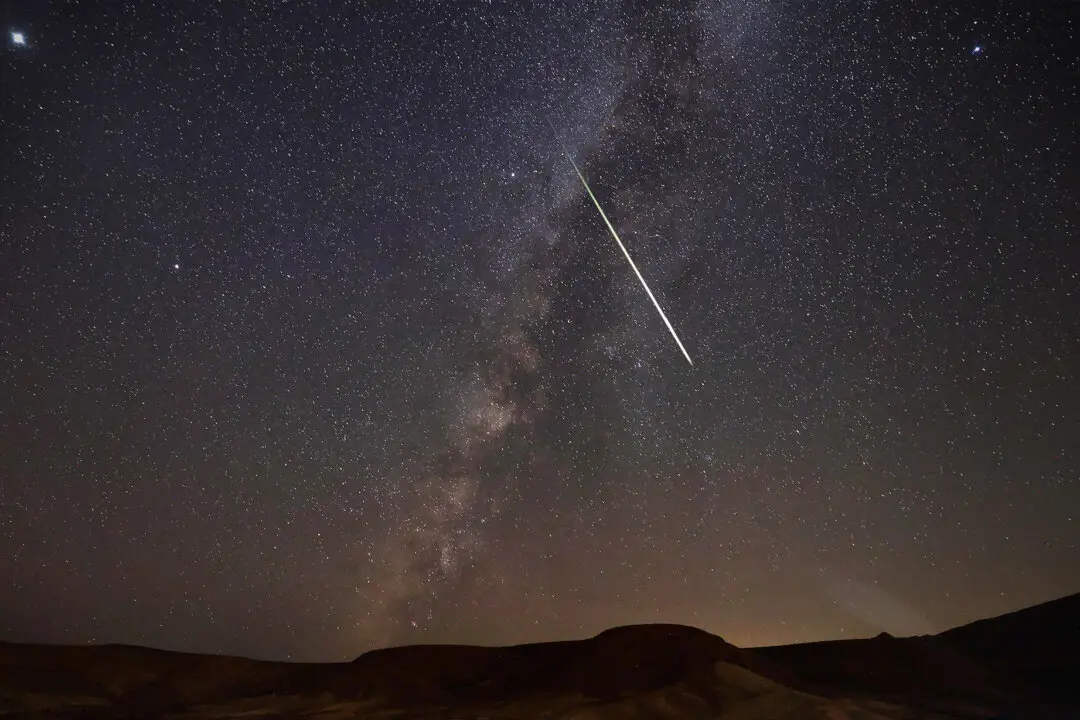They might wink at you once or twice before Christmas, or even flicker in the sky while people wear their Remembrance Day poppies weeks earlier. But for the annual meteor shower called the Quadrantids, the party doesn’t truly get started until January.
If things go the way astronomers say they will, the Quadrantids will peak suddenly on Jan. 3, 2025, reaching their height at 2 p.m. EST. Viewing them will require punctuality because they won’t last, ending as abruptly as they started.





